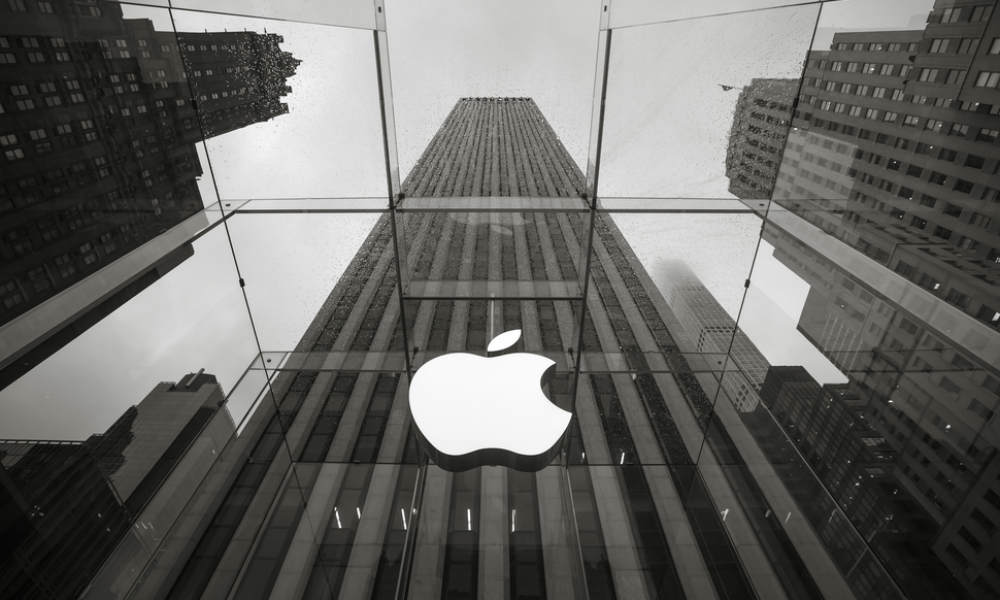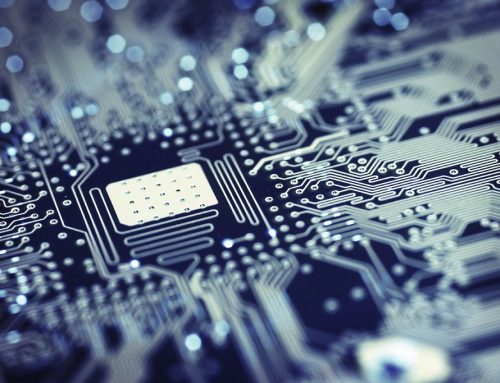Apple has traditionally used its Fall product reveals to unveil new iPhones and, since 2016, new versions of the Apple Watch. Apple’s most recent Fall product reveal fell right into this pattern as they introduced the Apple Watch Series 4 and new versions of their iPhone X, the iPhone XS and iPhone XR. Initial feedback for the new iPhone models was—improvements in screen quality and processing speed seemed to be iterative at best for devices that already contained superior screens and processing power—but the newest Apple Watch made a splash for its slimmer design and, most notably, new features related to cardiovascular health and fall detection.
New health features for the Apple Watch
The new Apple Watch doesn’t appear much different from previous generations, keeping the same overall formfactor, but with a slightly larger screen, a thinner body and haptic feedback on its digital crown. Its faster processor and new sensors on the back of the device, however, provide several noteworthy new features:
- Using improved gyroscope and accelerometer data that is sampled eight times faster than previous models, the newest Apple Watch can now detect falls and call for help if the device detects a fall serious enough to leave the user unconscious. This has broad appeal to everyday users, as well as athletes and, critically, senior citizens who may still live alone but be at higher risk for dangerous falls.
- In addition to warning users of dangerously high heart rates (often pinging sports to let them know of their increased heart rate at critical points in important playoff games!), Apple’s low heart rate notification looks to do the same for those with low heart rate.
- Apple now has a proprietary algorithm that can review heart rate data to detect atrial fibrillation (an irregular or quivering heart rate). By screening a heart rate data, Apple will now send users a message suggesting that, while they haven’t been diagnosed, their heart is showing signs of an irregular rhythm suggestive of atrial fibrillation and that they should speak to their doctor about it
- Most critically, new Apple Watches will now include the ability to take an electrocardiogram (ECG). Apple billed this new feature as the first over-the-counter ECG device on the market, allowing users to monitor their heart health and generate a heart rhythm classification on their own without visiting a healthcare provider. Users can also export ECG data into a PDF to share with a clinician (but, notably, not automatically through HealthKit).
Both the atrial fibrillation algorithm and the ECG functionality have been cleared as Class II medical devices by the FDA. The approval apps for both specify that the Apple Watch is not intended as a substitute for in-person clinical care, and that the technology is not intended for use by anyone under the age of 22. Apple also runs the risk of false positives creating undue stress for patients as well as unnecessarily high workload for clinicians. As the most advanced mass-market wearable health device, the new Apple Watch will be an exciting trial balloon for what happens when clinical-grade diagnostic tools are made available to the general public.
What We Didn’t See
There are still major areas of improvement where the Apple Watch lags behind competitors from Samsung, Garmin and FitBit. Most critically, the Apple Watch’s battery lasts all day, but not all night, preventing it from functioning as a sleep tracker. Apple’s 18-hour battery life is a steep price to pay when Samsung’s Galaxy Watch lasts for four days between charges and devices from Fitbit and Garmin can last well over a week.
Apple has traditionally been extremely secretive with their product roadmaps, but we know from patent filings that they’re at least exploring other watch-based biometric sensors. A patent from earlier this year describes a wearable, wrist-based blood pressure cuff. A close read of the patent, however, leaves a lot be to desired as it doesn’t appear to be substantively different than other similar devices that are on the market.
Perhaps more interestingly, a patent from just a few weeks ago represents the most conclusive evidence so far that Apple is looking into glucose monitoring technology, with an eye towards possibly including a non-invasive continuous glucose meter in a future Apple Watch.
Moving Forward
The majority of Apple’s current product categories—smartphones, tablets, personal computers—have reached maturity and see only iterative improvements each year. Their move into the medical device space with that latest Apple Watch, however, shows that there is still room for growth and innovation in the types of sensors and functionality that can be included in a wearable device. Along with competitors like FitBit, Garmin, and Samsung, the wearable device market looks to continue being one of the most exciting and innovative spaces for new health technology in the years to come.
Help your patients understand how their lifestyle impacts their health by encouraging them to use our data-driven lifestyle management platform. With HealthSnap, you can easily view and understand your patient’s lifestyle health in a tangible report and make data-driven care decisions based on lifestyle data. Sign up for a FREE trial today by clicking here and make the lifestyle conversation easy!










